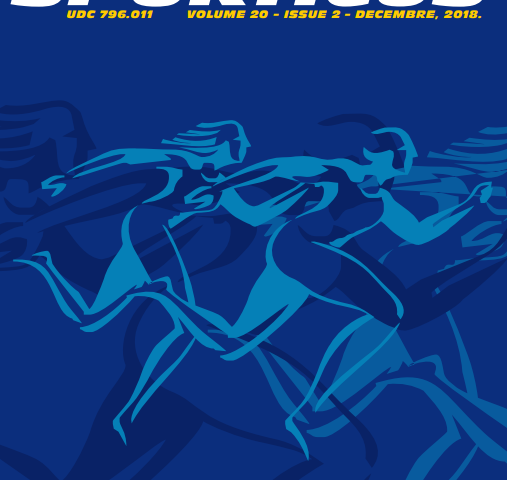This study explored body composition differences among elite Serbian judokas across three weight categories: lightweight, middleweight, and heavyweight. Thirty-two male judokas from Serbia’s national team participated, with body composition measured using the InBody 720 analyzer. Parameters included lean body mass percentage, skeletal muscle mass percentage, body fat percentage, waist-to-hip ratio, visceral fat area, bone mineral content, lean body mass index, and fat mass index.
Heavyweights had significantly lower lean body and skeletal muscle mass percentages and significantly higher body fat percentage, waist-to-hip ratio, and visceral fat area compared to lightweights and middleweights (p < 0.001). Bone mineral content was highest in heavyweights and also differed significantly between lightweights and middleweights. Lean body and fat mass index were significantly higher in heavyweights (p < 0.001).
These findings emphasize the need for tailored training and nutritional strategies, especially for heavyweight athletes, to reduce fat while maintaining muscle mass for enhanced performance and health. Future research should include larger, more diverse samples and incorporate performance metrics for a holistic view of success factors in judo.
Keywords: lean body mass, body fat, weight categories, judo


